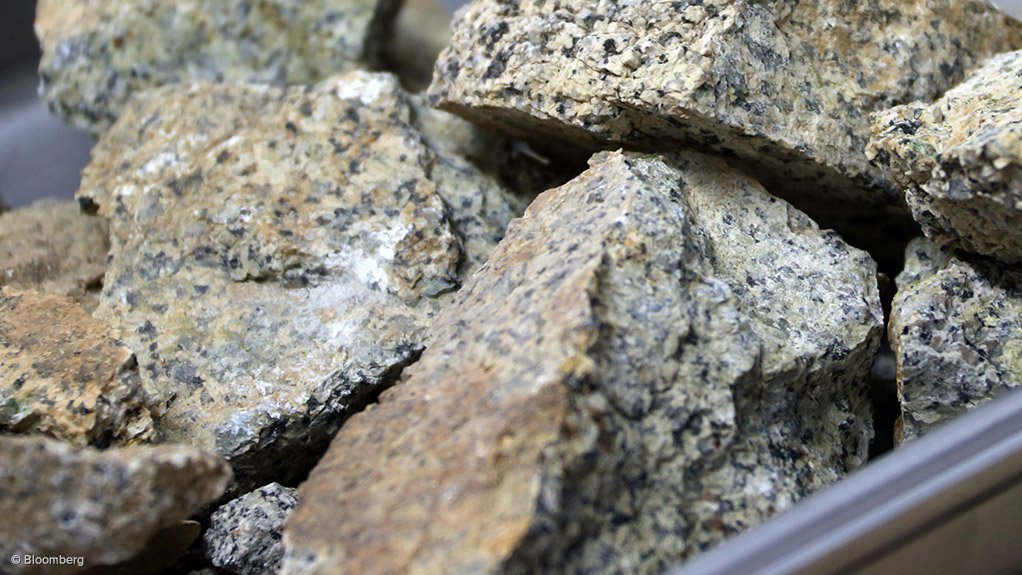
Photo by: Bloomberg
PERTH (miningweekly.com) – The slowdown in the commodity sector was not expected to diminish the Australian resources industry’s overall contribution to the economy, the Minerals Council of Australia has reported.
CEO Brendan Pearson told the Austmine conference this week that despite the fact that commodity prices were unlikely to return to their former peaks, the Australian minerals sector was still likely to be a major economic contributor over the next few years.
“Let’s take a five-year outlook for Australia’s top five commodity exports; iron-ore, coal, gold, copper and alumina. In 2013/14, these five exports generated A$142-billion in export earnings. In 2018/9, these same commodities are expected to generate A$177-billion in export earnings.
“That’s a compound annual growth rate of 4.5%,” Pearson said.
He noted that some A$1-trillion had been invested into the Australian resources sector over the last decade, the legacy of which meant that the sector was now four times larger than it was a decade ago.
Pearson also pointed out that while detractors warned of a slowdown of the Chinese economy, the largest destination for Australia’s commodity exports, significant growth was still expected from that region.
“Last year, China’s economy grew at a rate of 7.4%. But it was 7% growth in an economy that is now twice as big as it was in 2005.
“We sometimes forget that even 6% growth in a $10-trillion economy like China is equivalent to 12% growth in a $5-trillion economy like Japan.”
And Pearson added that China’s resource intensive growth period was still not over.
“China’s middle class is projected to increase from around 12% of the population in 2009 to around 70% by 2030. And we should not overlook India, which is expected to overtake China as the world’s most populous country by 2030.”
But Pearson noted that to remain competitive, the Australian government had to reconsider some of its policies governing the mining industry.
Pointing to a report by advisory firm Deloitte Access Economics, Pearson noted that the combination of corporate tax and royalty payments owed by miners amounted to about 53% of revenues.
“That puts Australia at the very top of taxation burdens on minerals and energy sectors,” he added.